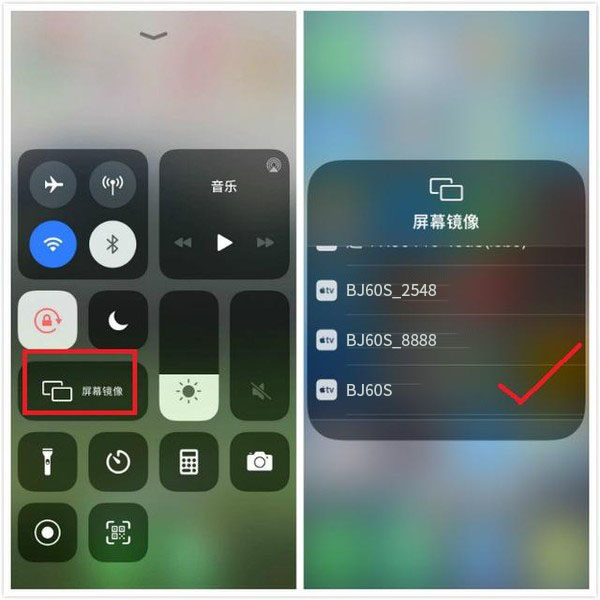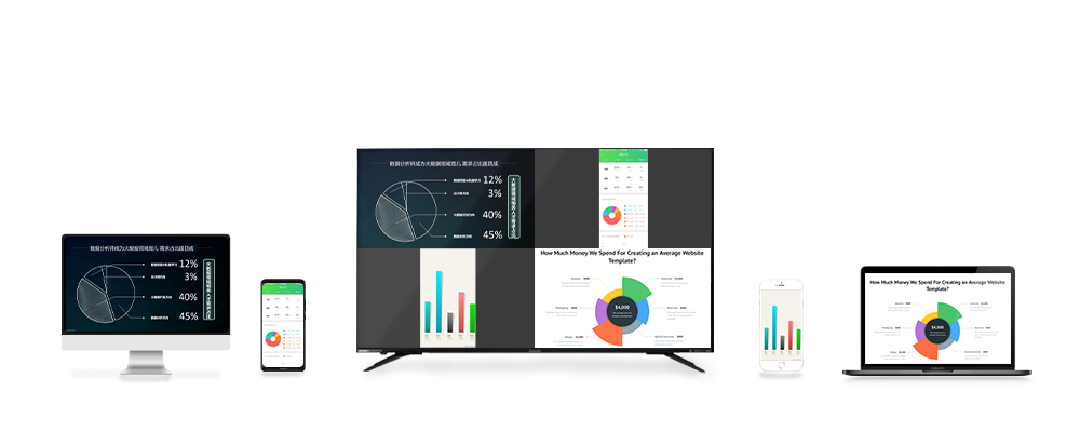Wireless Screen Projection – Characteristics of Mainstream Wireless Screen Projection Technology

With the development of technology, wireless screen projection technology has become an increasingly popular multimedia interactive solution. This technology enables real-time transmission of content from different devices to larger screens, facilitating user sharing, demonstrations, or team collaboration. This article will introduce several mainstream wireless screen projection technologies and their characteristics.
- Wi-Fi Direct
Wi Fi Direct is a Wi Fi based wireless screen projection technology that allows devices to establish point-to-point connections for data transmission. Compared with traditional Wi Fi connection mode, Wi Fi Direct can realize direct transmission between devices without router or Internet connection.
Features:
- No router or Internet connection is required, and data can be directly transferred between devices
- Supports simultaneous connection of multiple devices, suitable for various environments such as homes and offices
- Supports multiple operating systems and device types, such as smartphones, tablets, laptops, etc
- Fast transmission speed, high image clarity, suitable for high-definition video playback
- Miracast
Miracast is a wireless projection technology based on Wi Fi Display technology, which can transmit screens from Android, Windows, and Chrome OS devices in real-time to televisions or projectors that support the Miracast protocol.
Features:
- Supports real-time transmission, smooth and delay free graphics
- Supports multiple device types, including smartphones, tablets, laptops, etc
- Supports multiple resolutions and screen proportions, which can be adjusted according to the device
- Good compatibility, suitable for multiple operating systems and platforms
- AirPlay
AirPlay is a wireless projection technology launched by Apple, which can transmit audio, video, and photos from iPhones, iPads, or Mac computers in real-time to TVs or speakers that support the AirPlay protocol.

Features:
- Suitable for Apple devices, with good compatibility
- Supports real-time transmission, smooth and delay free graphics
- Supports multiple resolutions and screen proportions, which can be adjusted according to the device
- Can be transmitted via Wi Fi or Bluetooth connection
- DLNA
DLNA is a Wi Fi based network protocol that can transfer audio, video, and photos from Android, Windows, and iOS devices to TV, audio, and storage devices that support the DLNA protocol. Compared to Miracast and AirPlay, DLNA is more open and flexible, suitable for a variety of devices and operating systems.
Features:
- Supports multiple devices and operating systems, such as smartphones, tablets, laptops, etc
- Supports multiple resolutions and screen proportions, which can be adjusted according to the device
- Can be transmitted via Wi Fi or wired connection
- Can seamlessly connect and share resources with other DLNA devices
- Chromecast
Chromecast is a Wi Fi based screen projection technology that can transmit audio, video, and photos from Android and iOS devices in real-time to TVs that support the Chromecast protocol. Compared to Miracast and AirPlay, Chromecast is more concise and user-friendly, suitable for home entertainment and simple office scenarios.

Features:
- Suitable for various devices and operating systems, such as smartphones, tablets, laptops, etc
- Supports real-time transmission, smooth and delay free graphics
- Supports multiple resolutions and screen proportions, which can be adjusted according to the device
- Can be transmitted via Wi Fi or Bluetooth connection
- The price is relatively affordable and suitable for ordinary household users and consumers to use wireless screen projection technology, which has become an indispensable part of modern life and work. By understanding the characteristics and applicable scenarios of various wireless screen projection technologies, users can better choose the suitable screen projection method, improve work efficiency and quality of life.